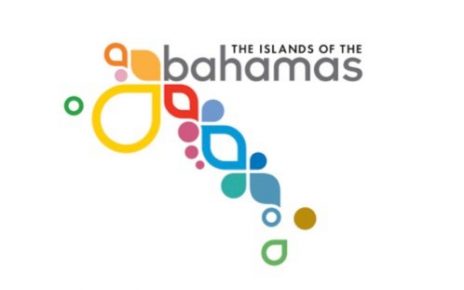In recent months and weeks, initiatives have been launched in the two largest EU economies – Germany and France – aimed at more environmentally friendly domestic travel. These initiatives are mainly aimed to promote travel by train, but it must be said that both countries have chosen a somewhat different strategy.
Ban on Air Travel?
On April 10th, the French parliament passed a draft law that would ban flights for which there is also an alternative by train within two and a half hours. This would cancel flights between Paris and, for example, Bordeaux, Lyon or Nantes.
It must be said that so far it is only a draft law. Moreover, the current version of the domestic travel law does not go as far as intended by the initiators. For example, there is an exception for international feeder flights. In other words, flights from Paris to Lyon could still be possible as a part of an international route such as Singapore-Paris-Lyon.
This partial domestic flight ban would be bad news for the French national carrier Air France. It comes shortly after the French state helped the carrier with a billion-dollar loan, for which it had to give up slots in Paris-Orly and to which concessions in domestic traffic were already tied.
Germany Looking for Cooperation
Germany has chosen a different strategy for the creation of an environmentally friendlier domestic travel system. There, the most important railway company, Deutsche Bahn (DB), as well as the Federal Association of the German Aviation Industry (BDL), presented a joint action plan.
This plan includes stronger networking of the types of transport with the aim of lowering greenhouse gas emissions in the sector. In the declaration, the two parties announced that they will be taking a series of measures to improve the interfaces between the types of transport and the offer so that more travelers choose to travel by train, especially when travelling to hub airports.
The action plan focuses on three core developments with regard to the expansion of rail services and simplified transfer from train to flight. These key points are a growing range of feeder trains for international flights, easier transfer between flight and train and faster train connections between metropolises.
The Potential of Railway Travel
BDL and DB see the potential that a good 20 percent of those who travel within Germany by plane will choose trains instead. The partners want to leverage this potential in the following years. With attractive offers and ongoing infrastructure expansion, around 4.3 million passengers are to be won over by railway travel.
In 2019, the aviation industry recorded around 23 million travelers, 8 million of them on feeder traffic and 15 million on purely domestic trips. As a result of the above-mentioned initiative, the share of domestic air traffic in CO2 emissions in Germany could be reduced by a sixth.
The interesting thing about this initiative is that the representatives of airports and airlines are reaching out to try to get more people to switch to transport by train and thus promote climate protection in the domestic travel sector.
In doing so, they are showing a sense of responsibility without, however, giving rise to fundamental discussions about air traffic. The primary concern is a customer-friendly connection between the airports and the rail network, which should lead to more people traveling by train instead of cars or even planes for short and medium-long journeys to the airport.





